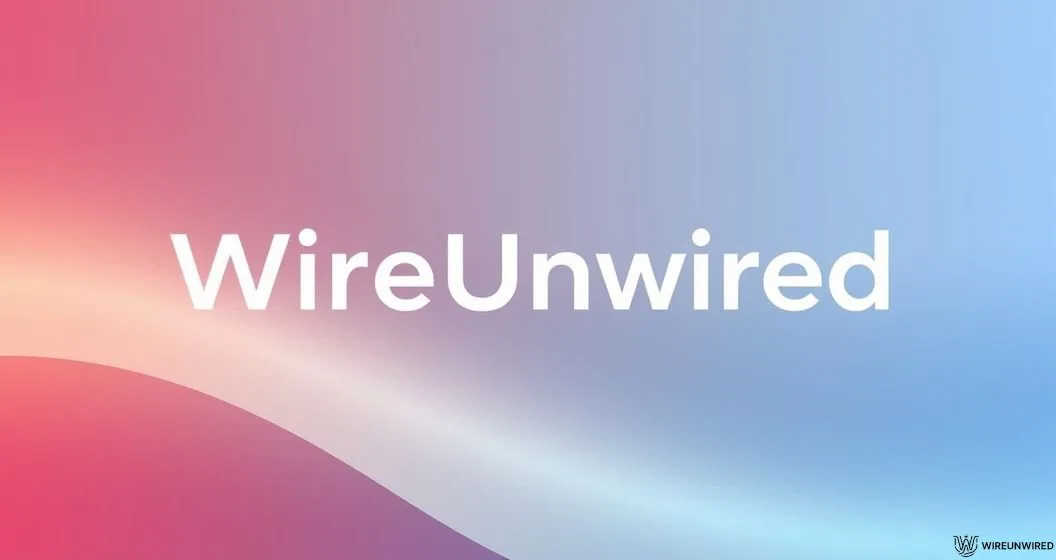In a major stride for China’s artificial intelligence ambitions, Huawei, in partnership with Zhejiang University, has introduced DeepSeek-R1-Safe—touted as China’s first ‘thousand-card’ AI model—at the high-profile Huawei Connect 2025 event in Shanghai. This release signals a pivotal moment in China’s AI race, responding directly to tightening US export controls and the nation’s urgent push for technological self-reliance.
What Sets DeepSeek-R1-Safe Apart?
DeepSeek-R1-Safe stands out as a large language model trained on an unprecedented 1,000 Huawei Ascend AI chips. It is engineered for rigorous compliance with China’s evolving AI regulatory standards, including strict content filtering to embody “socialist values” and avoid politically sensitive topics. In internal tests, the model demonstrated a near-100% success rate in filtering 14 categories of harmful content—including toxic speech, incitement to illegal activity, and political sensitivity—while maintaining less than 1% performance loss compared to its predecessor, DeepSeek-R1 .
Huawei reports an overall 83% safety defense capability, notably outperforming domestic competitors like Alibaba’s Qwen-235B and DeepSeek-R1-671B by 8–15% under identical conditions . On standard benchmarks such as MMLU, GSM8K, and CEVAL, the model’s performance degradation remained under 1%, ensuring it stays useful for real-world applications .
| Model | Overall Safety Defense | Performance Degradation |
|---|---|---|
| DeepSeek-R1-Safe | 83% | <1% |
| Alibaba Qwen-235B | 68–75% | — |
| DeepSeek-R1-671B | 68–75% | — |
Safety and Compliance: A New Standard
Meeting Beijing’s stringent AI red lines, DeepSeek-R1-Safe introduces advanced safety tooling that builds on the approaches seen in earlier chatbots like Baidu’s Ernie Bot. Not only does it block politically sensitive content during standard use with near-perfect accuracy, but it also demonstrates resilience against adversarial prompts—such as disguised queries or encrypted instructions—where it maintains a 40% success rate, a figure that still leaves room for improvement but outpaces many local peers .
Technical Innovations and Open Ecosystem
DeepSeek-R1-Safe’s breakthrough was made possible by a secure, end-to-end post-training framework developed by Professor Ren Kui’s team at Zhejiang University. This includes a carefully curated safety corpus, balanced training strategies, and tightly integrated hardware–software stacks. Remarkably, the model is fully open-sourced across platforms such as ModelZoo, GitCode, GitHub, and Gitee, inviting participation from China’s academic, research, and industrial communities .
Industry Impact and Strategic Implications
The launch of DeepSeek-R1-Safe represents more than just a technical achievement—it’s a strategic maneuver in the global AI landscape. Earlier releases from Huawei’s DeepSeek series have already rattled Western markets, contributing to notable selloffs in AI stocks in January 2025. This latest model, with its blend of high performance and regulatory compliance, is poised to accelerate China’s efforts to build a self-sufficient, innovation-driven AI ecosystem .
Zhang Dixuan, President of Huawei’s Ascend Computing Business, emphasized the company’s commitment to open collaboration and foundational software innovation, aligning with national goals for high-level tech self-reliance.
Join the Conversation
For readers passionate about the future of AI and technology in China, join our WhatsApp community to stay updated and engage with experts and enthusiasts.
Looking Ahead
As DeepSeek-R1-Safe sets a new benchmark for safe, compliant, and high-performing AI in China, the world will be watching to see how this shapes the next phase of global AI competition—and whether similar frameworks will influence standards beyond China’s borders.
Discover more from WireUnwired Research
Subscribe to get the latest posts sent to your email.




